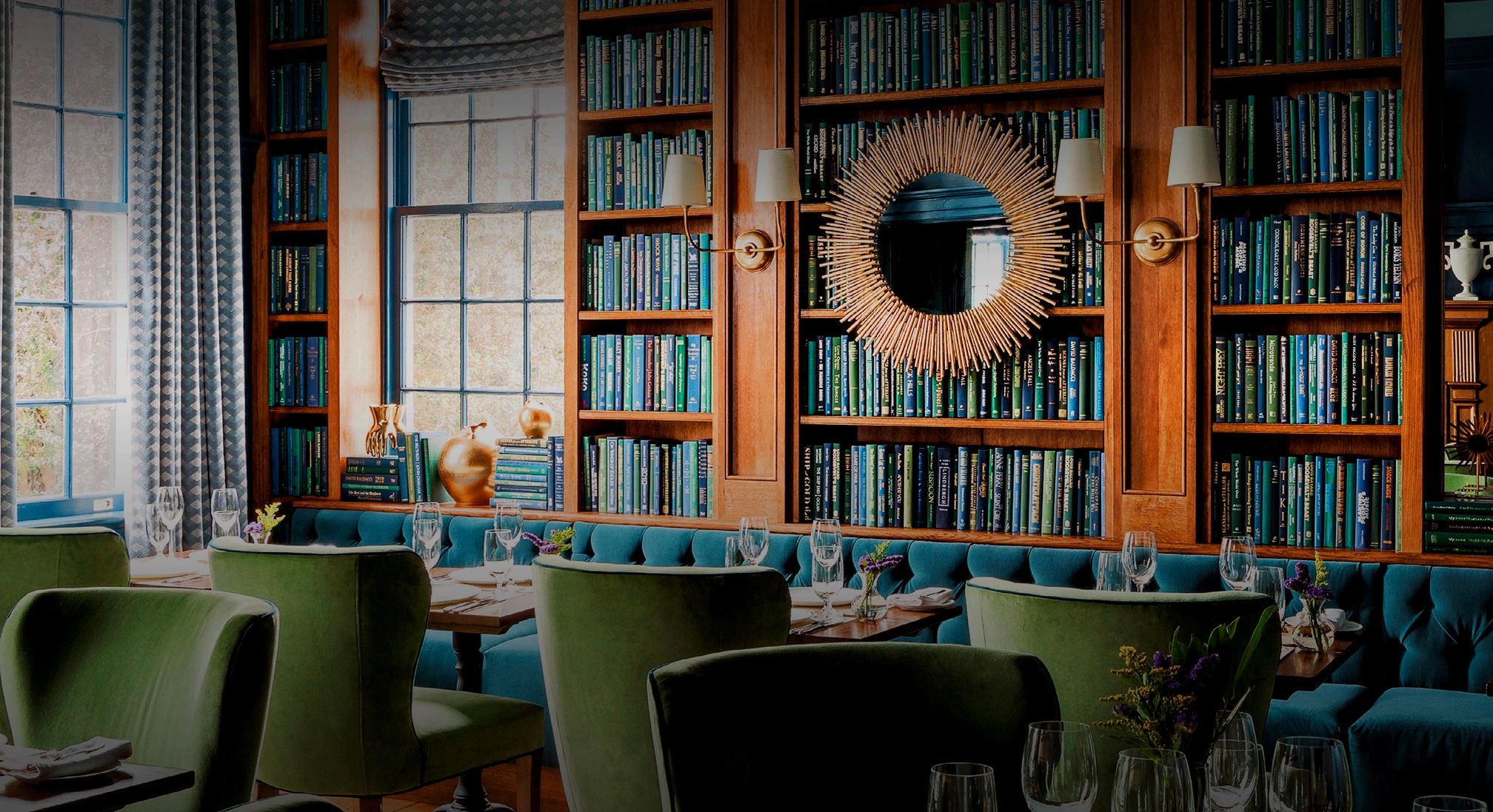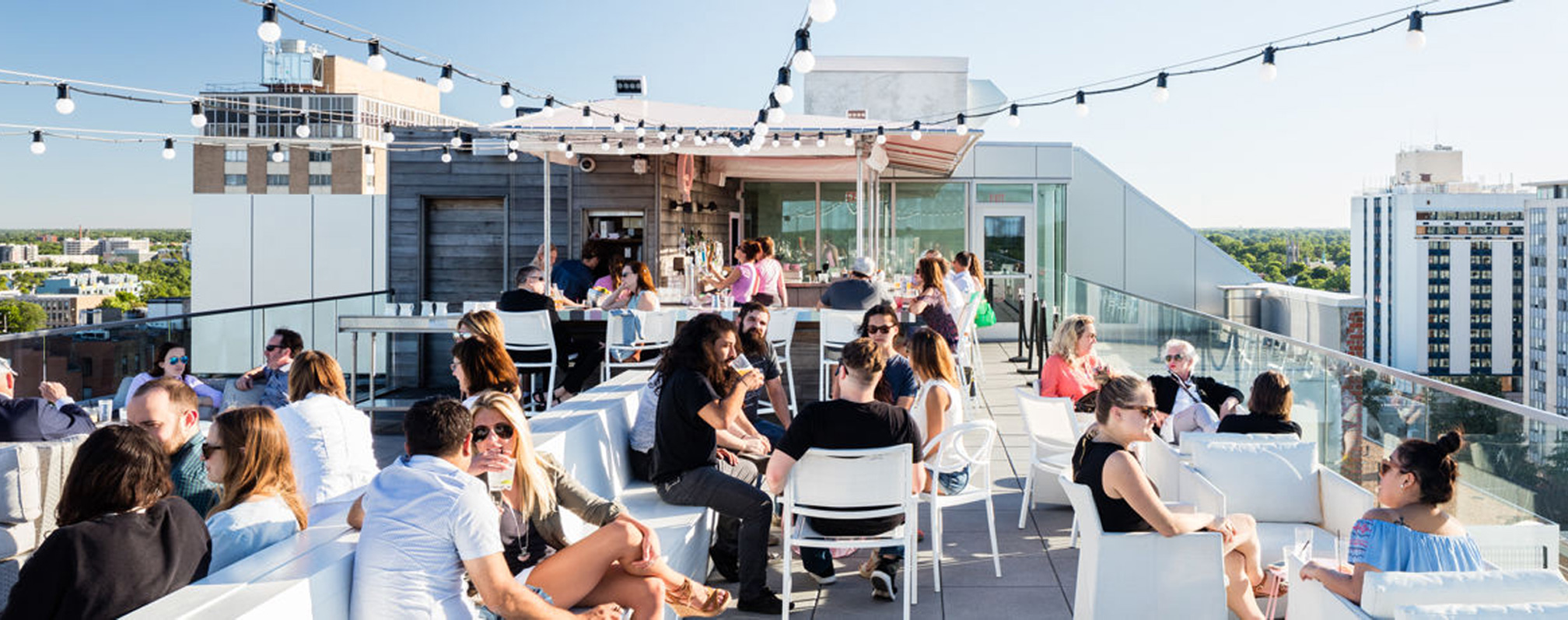Embracing Retro Hospitality: A Timeless Blend Of Charm And Comfort
There’s something undeniably special about retro hospitality. It’s not just about offering a place to stay; it’s about creating an experience that takes you back to a simpler time, where charm and character were at the forefront. Whether you’re checking into a boutique hotel with vintage vibes or enjoying a cozy bed and breakfast that feels like stepping into a bygone era, retro hospitality is all about making you feel right at home—only better. In today’s fast-paced world, this nostalgic approach to hospitality offers a much-needed escape from the hustle and bustle.
Retro hospitality isn’t just a trend; it’s a movement. Think about those old-school lobbies with vintage furniture, rotary phones, and record players. These elements aren’t just for show—they evoke emotions and memories. They remind us of a time when life moved a little slower, and hospitality was more personal. For travelers, this concept can make all the difference between staying somewhere and experiencing something truly memorable.
And let’s not forget the charm factor. Retro hospitality is all about creating spaces that tell stories. Each piece of decor, every detail in the room, has a purpose. It’s not just about aesthetics; it’s about authenticity. When done right, it creates an atmosphere that’s warm, inviting, and utterly unique. So, if you’re ready to dive into the world of retro hospitality, buckle up because we’re about to explore everything you need to know.
Read also:Discover The Allure Of Agata Poland A Rising Star In The Spotlight
What Exactly Is Retro Hospitality?
Retro hospitality refers to a unique blend of modern comfort and vintage charm. It’s a concept that’s been gaining traction in recent years, especially as travelers increasingly seek out experiences that feel authentic and personal. At its core, retro hospitality is about creating environments that transport guests back in time while still providing the amenities they’ve come to expect in today’s world. It’s about striking a balance between nostalgia and convenience.
Key Elements of Retro Hospitality
So, what makes retro hospitality stand out? Here are some of the key elements that define this concept:
- Vintage decor: Think mid-century modern furniture, vinyl records, and polaroid cameras.
- Personalized service: Retro hospitality places a strong emphasis on human connection and personalized experiences.
- Local touches: Many retro hospitality establishments incorporate local art, cuisine, and culture into their offerings.
- Sustainability: Many retro hospitality brands focus on eco-friendly practices, using vintage items instead of disposable ones.
These elements come together to create a unique experience that resonates with guests on a deeper level. It’s not just about where you’re staying; it’s about how you feel when you’re there.
Why Retro Hospitality Is Gaining Popularity
In a world dominated by sleek, modern designs and cookie-cutter hotels, retro hospitality offers a refreshing alternative. People are drawn to it because it taps into their sense of nostalgia. Whether it’s the smell of old books or the sound of a record spinning, these little details create an emotional connection that’s hard to replicate with contemporary designs.
Moreover, retro hospitality aligns perfectly with the growing trend of experiential travel. Travelers today aren’t just looking for places to stay; they want to create memories. And what better way to do that than by immersing yourself in a space that feels like stepping back in time?
How Retro Hospitality Appeals to Different Generations
Interestingly, retro hospitality appeals to a wide range of age groups. For Baby Boomers and Gen X, it’s a trip down memory lane. For Millennials and Gen Z, it’s a chance to explore a different era and embrace the quirks of the past. This cross-generational appeal is one of the reasons why retro hospitality is so successful.
Read also:Hitch Bottles The Ecofriendly Revolution In Your Pocket
And let’s not underestimate the power of social media. Instagram-worthy interiors and unique experiences make retro hospitality a hit with younger audiences who love to share their adventures online.
The Business Side of Retro Hospitality
For business owners, embracing retro hospitality can be a smart move. Not only does it set your establishment apart from the competition, but it also taps into a growing market demand. Studies show that travelers are willing to pay a premium for unique, memorable experiences. By incorporating retro elements into your business model, you can attract a loyal customer base that values authenticity and character.
Investing in Retro Hospitality
While the initial investment in retro hospitality might seem high, the returns can be significant. Think about sourcing vintage furniture, restoring old buildings, and hiring staff who are passionate about creating personalized experiences. These investments pay off in the form of positive reviews, repeat customers, and word-of-mouth marketing.
Plus, many retro hospitality businesses focus on sustainability, which can help reduce long-term costs. For example, using vintage items instead of buying new ones not only saves money but also aligns with eco-conscious values that resonate with today’s consumers.
Designing Your Retro Hospitality Space
Creating a successful retro hospitality space starts with thoughtful design. It’s not just about throwing in a few vintage pieces; it’s about curating an environment that feels cohesive and intentional. Here are some tips for designing your own retro hospitality space:
- Start with a theme: Decide on a specific era or style you want to emulate. This will guide your design choices and help create a consistent look.
- Pay attention to details: From wall art to lighting fixtures, every element should contribute to the overall aesthetic.
- Balance old and new: While vintage pieces are key, don’t forget to include modern amenities that cater to today’s travelers.
Remember, the goal is to create a space that feels lived-in and authentic, not like a museum. Your guests should feel comfortable and at ease, not like they’re in a historical exhibit.
Marketing Retro Hospitality
Once you’ve designed your retro hospitality space, it’s time to get the word out. Marketing is crucial for attracting the right audience and building a strong brand. Here are some strategies that work well for retro hospitality businesses:
- Use social media: Platforms like Instagram and Pinterest are perfect for showcasing the unique features of your space.
- Tell a story: People love hearing about the history behind your establishment. Share stories about the vintage pieces you’ve collected or the building’s past life.
- Collaborate with influencers: Partnering with influencers who align with your brand can help you reach a wider audience.
By leveraging these strategies, you can create a marketing plan that not only attracts customers but also builds a loyal following.
Case Studies: Successful Retro Hospitality Brands
To better understand what makes retro hospitality successful, let’s take a look at some real-world examples. Brands like The Hoxton, Freehand, and The Line have all embraced the retro hospitality concept and seen incredible success. What do they have in common? They all focus on creating unique, memorable experiences that resonate with their target audience.
The Hoxton, for example, is known for its eclectic mix of vintage and modern design. Each location has its own personality, but all share a commitment to quality and character. Freehand, on the other hand, combines hostel-style accommodations with boutique hotel amenities, offering travelers a unique blend of affordability and luxury.
Lessons from Successful Brands
What can we learn from these successful retro hospitality brands? First, authenticity is key. Consumers can spot a fake a mile away, so it’s important to be genuine in your approach. Second, personalization matters. Whether it’s through customized service or unique design elements, making your guests feel special can go a long way.
Finally, don’t be afraid to take risks. The most successful brands are often the ones that break the mold and do things differently. By embracing innovation while staying true to their roots, these brands have carved out a niche in the competitive hospitality market.
The Future of Retro Hospitality
As we look to the future, it’s clear that retro hospitality is here to stay. In fact, its popularity is only expected to grow as more travelers seek out unique, memorable experiences. But what does the future hold for this concept? Here are a few trends to watch:
- Increased focus on sustainability: As eco-consciousness becomes more important, retro hospitality businesses will likely double down on their commitment to sustainability.
- Technology integration: While retro hospitality emphasizes the past, it doesn’t mean shunning technology. Expect to see more businesses incorporating tech in ways that enhance the guest experience without detracting from the nostalgic vibe.
- Global expansion: As the concept gains traction, we’ll likely see more retro hospitality establishments popping up in new and unexpected locations.
These trends suggest that retro hospitality will continue to evolve and adapt to meet the changing needs and preferences of travelers.
Challenges in Retro Hospitality
Of course, no business model is without its challenges. Retro hospitality is no exception. One of the biggest challenges is finding the right balance between authenticity and modern convenience. Guests expect certain amenities, but too much modernization can dilute the retro charm.
Another challenge is sourcing authentic vintage pieces. While they add character to a space, they can be difficult and expensive to acquire. Additionally, maintaining these pieces requires special care and attention, which can add to operational costs.
Overcoming Challenges
So, how can retro hospitality businesses overcome these challenges? One approach is to focus on quality over quantity. Instead of trying to fill every corner with vintage items, choose a few key pieces that make a statement. This not only keeps costs down but also helps create a more curated look.
Another strategy is to embrace technology in ways that enhance the guest experience. For example, offering digital check-in or smart room controls can add convenience without detracting from the retro vibe.
Final Thoughts: Embrace the Past, Create the Future
In conclusion, retro hospitality offers a unique and compelling approach to modern travel. By combining the charm of the past with the conveniences of today, it creates experiences that resonate with travelers on a deep emotional level. As we’ve seen, the key to success in this space is authenticity, personalization, and innovation.
So, whether you’re a traveler looking for your next great adventure or a business owner exploring new opportunities, retro hospitality is definitely worth considering. The future looks bright for this concept, and with the right approach, it can offer something truly special to the world of hospitality.
And remember, the next time you check into a retro-inspired hotel or bed and breakfast, take a moment to appreciate the thought and care that went into creating that space. After all, it’s not just a place to stay—it’s an experience worth savoring.
Now, it’s your turn. Have you experienced retro hospitality firsthand? What did you love about it? Share your thoughts in the comments below, and don’t forget to share this article with your fellow travel enthusiasts!
Table of Contents
- What Exactly Is Retro Hospitality?
- Why Retro Hospitality Is Gaining Popularity
- The Business Side of Retro Hospitality
- Designing Your Retro Hospitality Space
- Marketing Retro Hospitality
- Case Studies: Successful Retro Hospitality Brands
- The Future of Retro Hospitality
- Challenges in Retro Hospitality
- Final Thoughts
Hoes Party: The Ultimate Guide To Hosting And Enjoying The Vibe
Shining A Light On Andy Lighter: The Man Behind The Magic
Handlebar South Boston: Your Ultimate Guide To The Hippest Spot In Town

Retro Hospitality Retro Hospitality

Retro Hospitality

About Us — Retro Hospitality